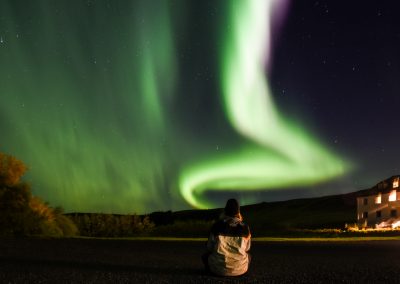Cátia is 26 years old and has lived in Reykjavik, the capital of Iceland, for six months. She went to this country as a volunteer in the EVS program (European Voluntary Service within the ERASMUS+ Program) as an assistant in the area of volunteering development for AFS Iceland. An opportunity to know this city through the eyes of Cátia:
First of all why did you decide to leave Portugal?
I learned from a friend about this opportunity to participate in the project and decided to apply. I was already linked to the organization in Portugal but working in a different area. I decided to venture into the organization, but in the Volunteer Development department, which is my passion.
What expectations did you have from Reykjavik and Iceland before you arrived? Is reality similar to those expectations?
I knew very little about the reality of Reykjavik or Iceland in general. It was a matter of researching, talking to people, but without raising high expectations or giving space to create my opinion.
The reality is amazing, Reykjavik is a very culturally active city, Icelanders are very much into the arts, from music, painting / drawing, poetry, dancing, everything is part of city life and there is so much to offer. When the weather allows it, it is always good to get out of town and go for a walk, swim in a hot water river or simply relax in a hot pot.
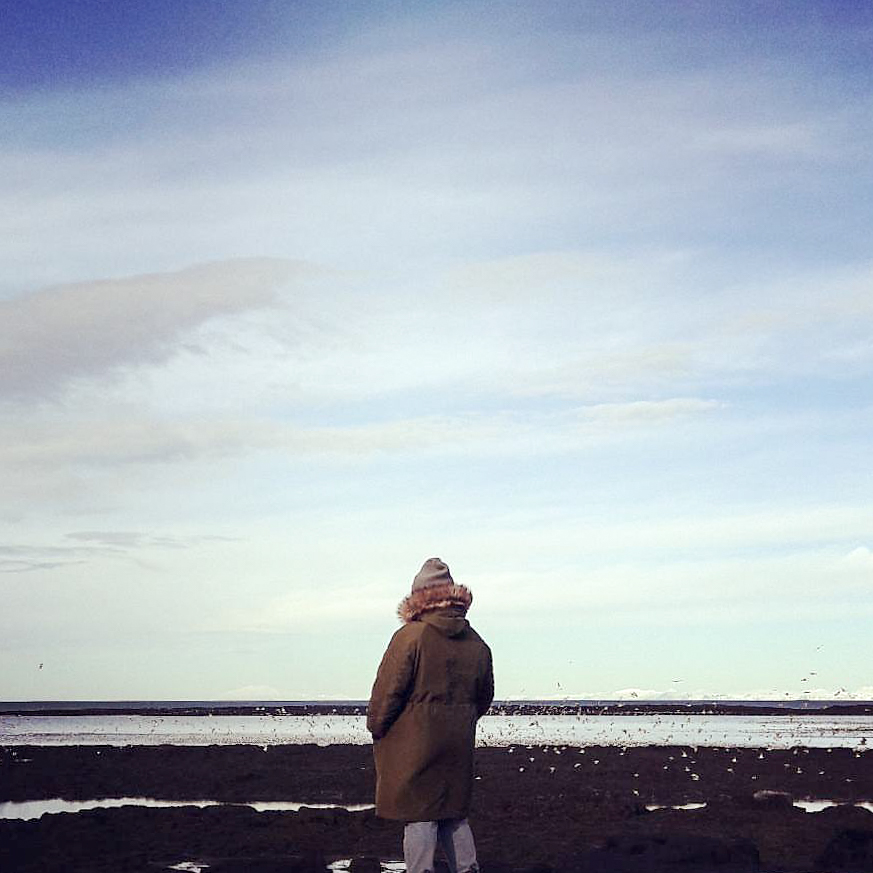
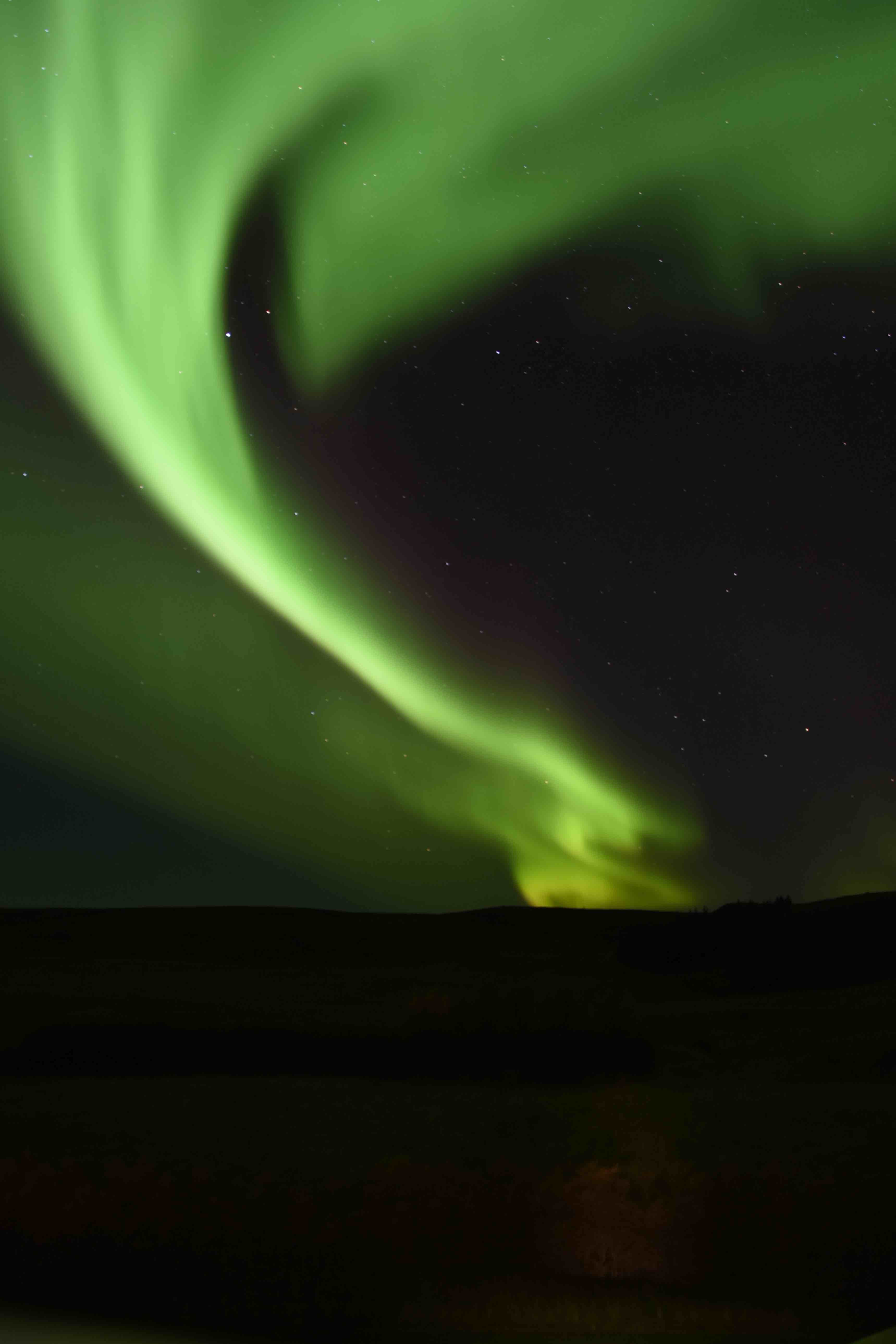
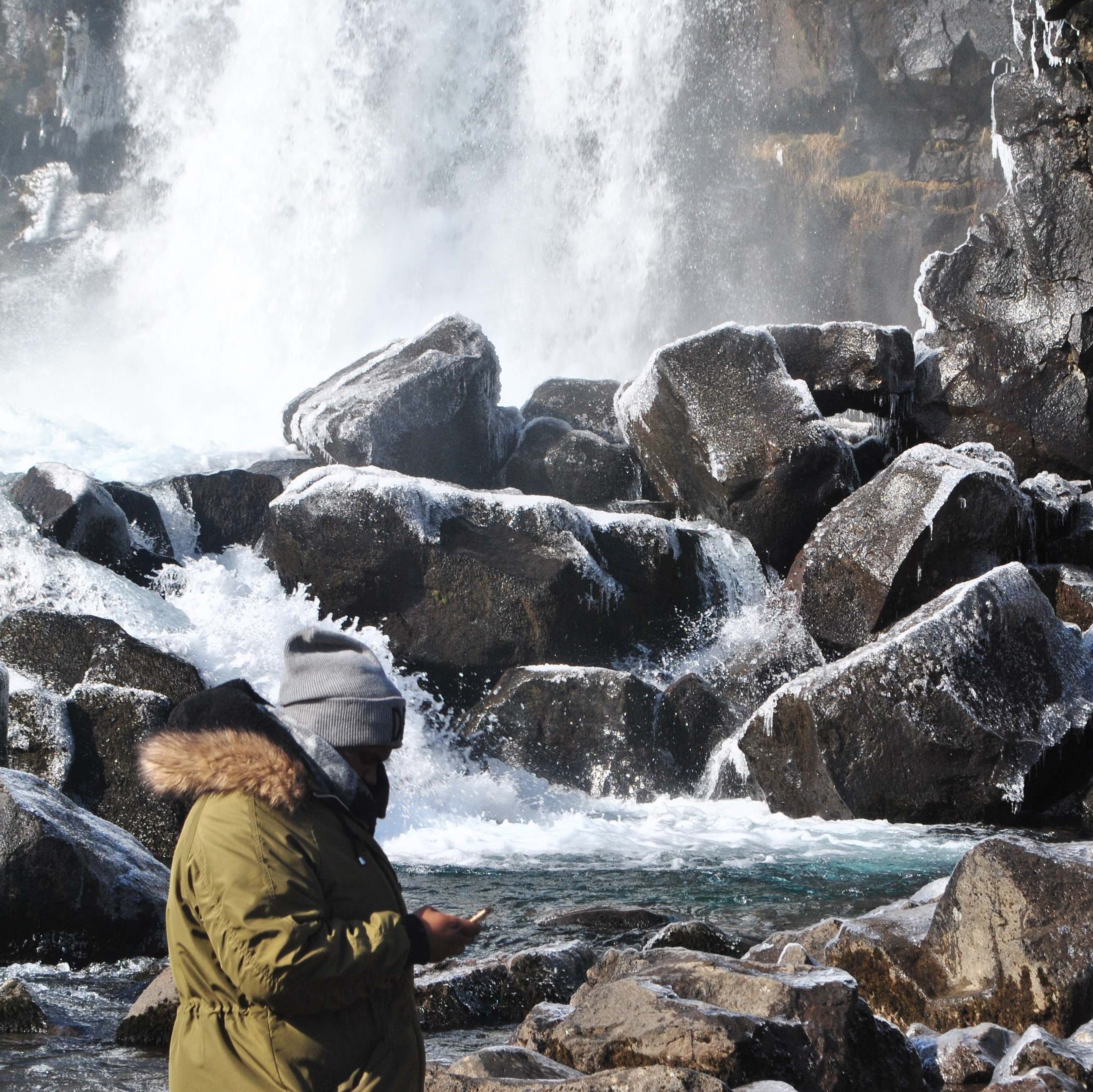
What do you like most about Reykjavik?
It is calm, peaceful , safe. I had no idea a capital could be so quiet, it has nothing to do with the capitals of Europe. Reykjavik looks like a village, has few buildings, is colorful, with more and more tourists but still not too many. It is a clean and safe city at any time of the day or night. I feel very good here.
And what did you like the least?
Perhaps from the fact that there is no train, but more because it is extremely expensive and complicated to leave the city without being with a touristic bus or road service, which besides being expensive is fickle. The fact that the only public transport is the bus means that there are a lot of people driving and extra traffic for the size of the city.
How do you characterize Icelanders?
Curious, very curious! Interested in everything that comes from outside the country. I think that in relation to the typical Portuguese they may not seem so friendly or warm but it is just an impression. Let’s say they’re not warm in a physical way but social, that’s it! They love to know, to know more, to get closer socializing, preferably in a hot tub or a night out.
What is a normal day like for you there?
I go to work from 10am to 4pm Monday to Friday, after which it varies on weekdays. I have dance classes once a week, usually see what happens in the city: concerts, shows, festivals, or go to the pool, which is the most common activity for any Icelandic. There are three public swimming pools in the city, which offer hot tubs, a sauna, and an Olympic-size heated pool. The pools here are like a trip to the cafe for us, a social space. Essentially I vary my afternoons / evenings with these options: jazz mondays at Húrra, tuesdays karaoke at Gaukurinn, wednesdays salsa at Austur, thursdays movies at Bíó Paradís. Fridays are the days when people go out more at night, but the night only starts at midnight or after.
If someone were to visit Reykjavik and only had 3 days what would you suggest to see and what to eat?
When it comes to tourism, you should start by going to ráðhúsið (town hall) because it is the best information point in town, and the best way to plan these three days. The truth is that Reykjavik is a small city that takes up to a day to see, with some museums. I recommend you take a tour of the Golden Circle, which also occupies another full day and is a good taste of what there is in Iceland! On the third day I suggest a walk through Reykjadalur and relax in the warm water river.
No one comes to Iceland for food, there is nothing I recommend to anyone in particular, but the bread is great. I recommend a visit to brauð & co, which has delicious cakes and breads.
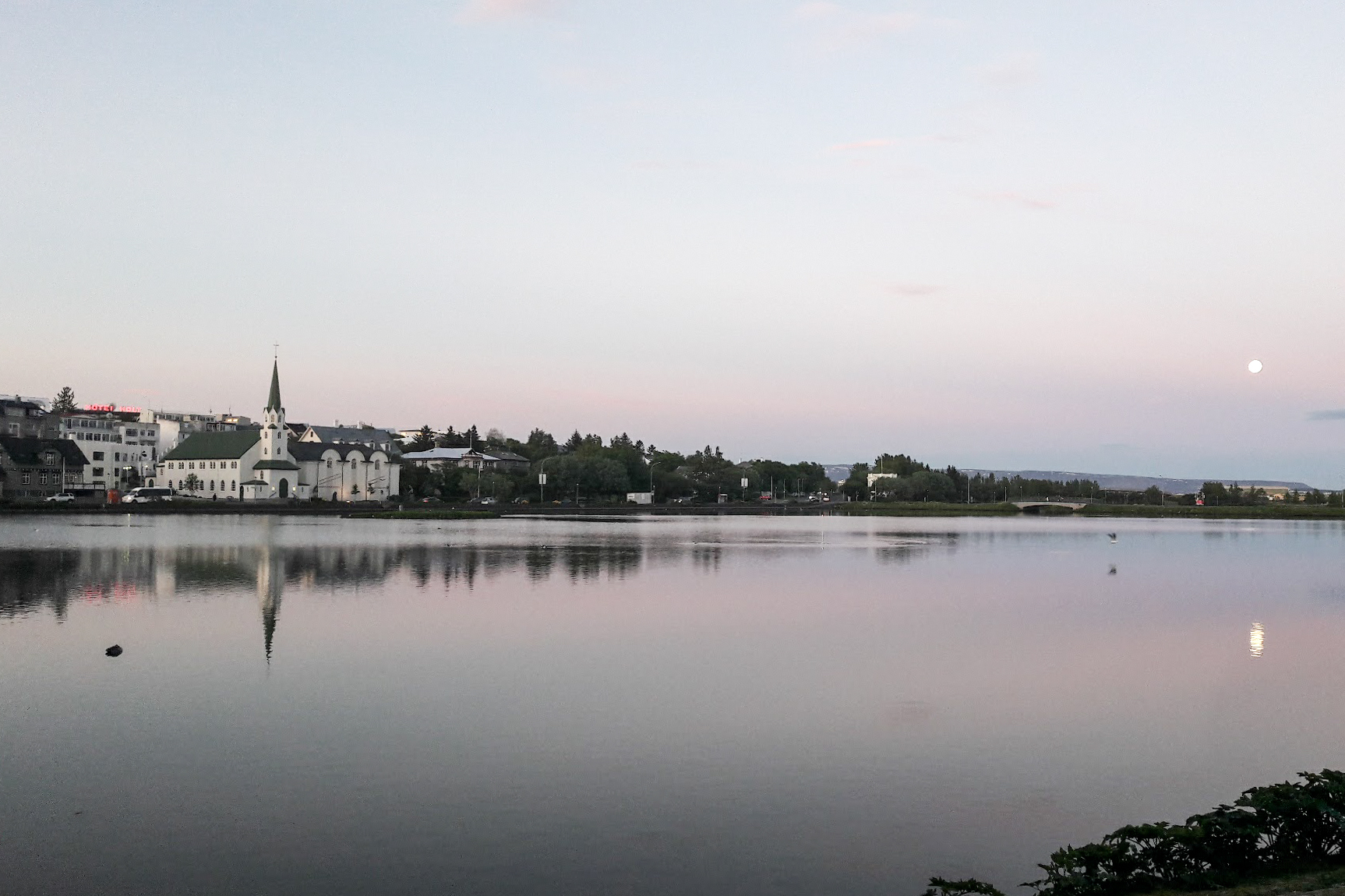
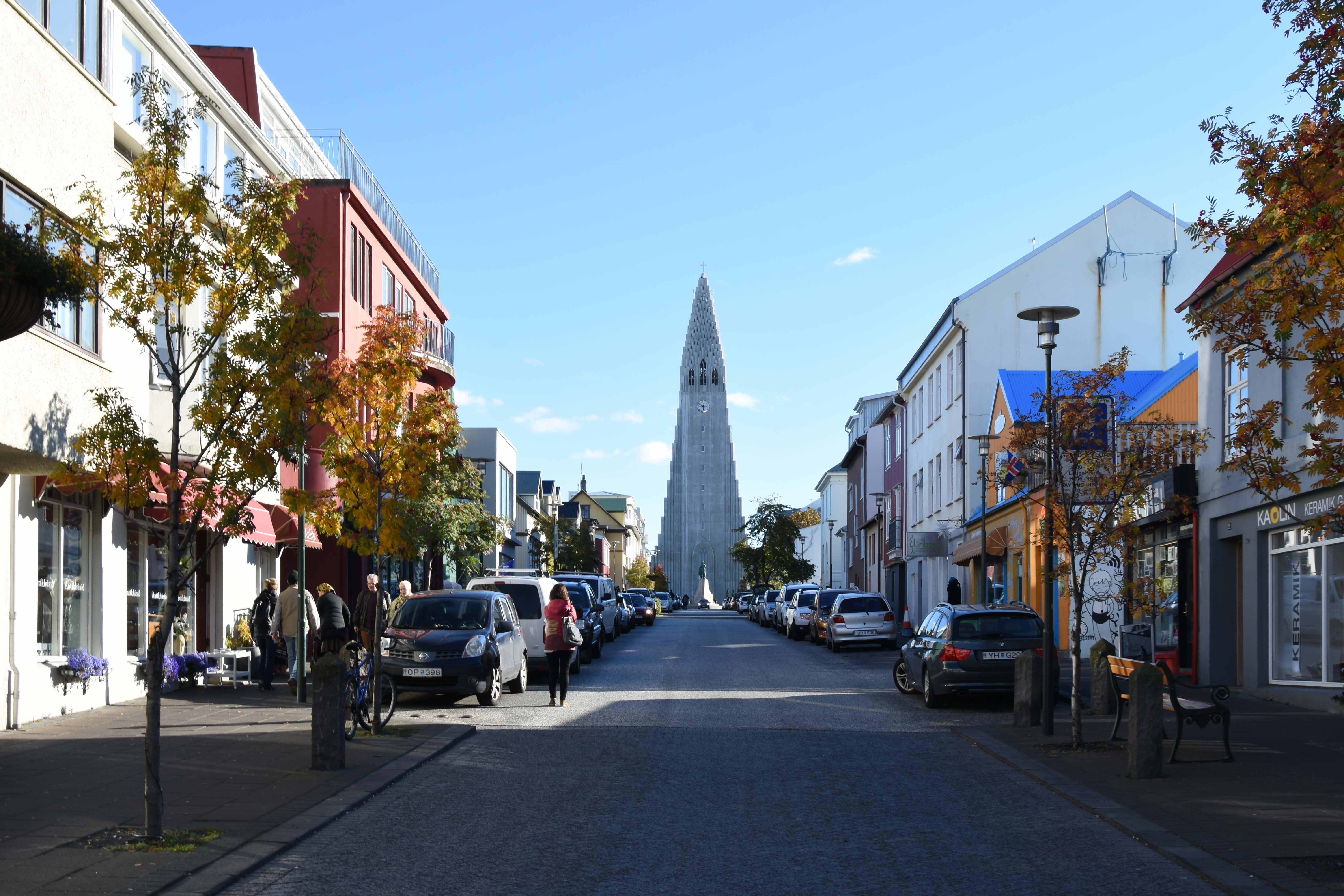
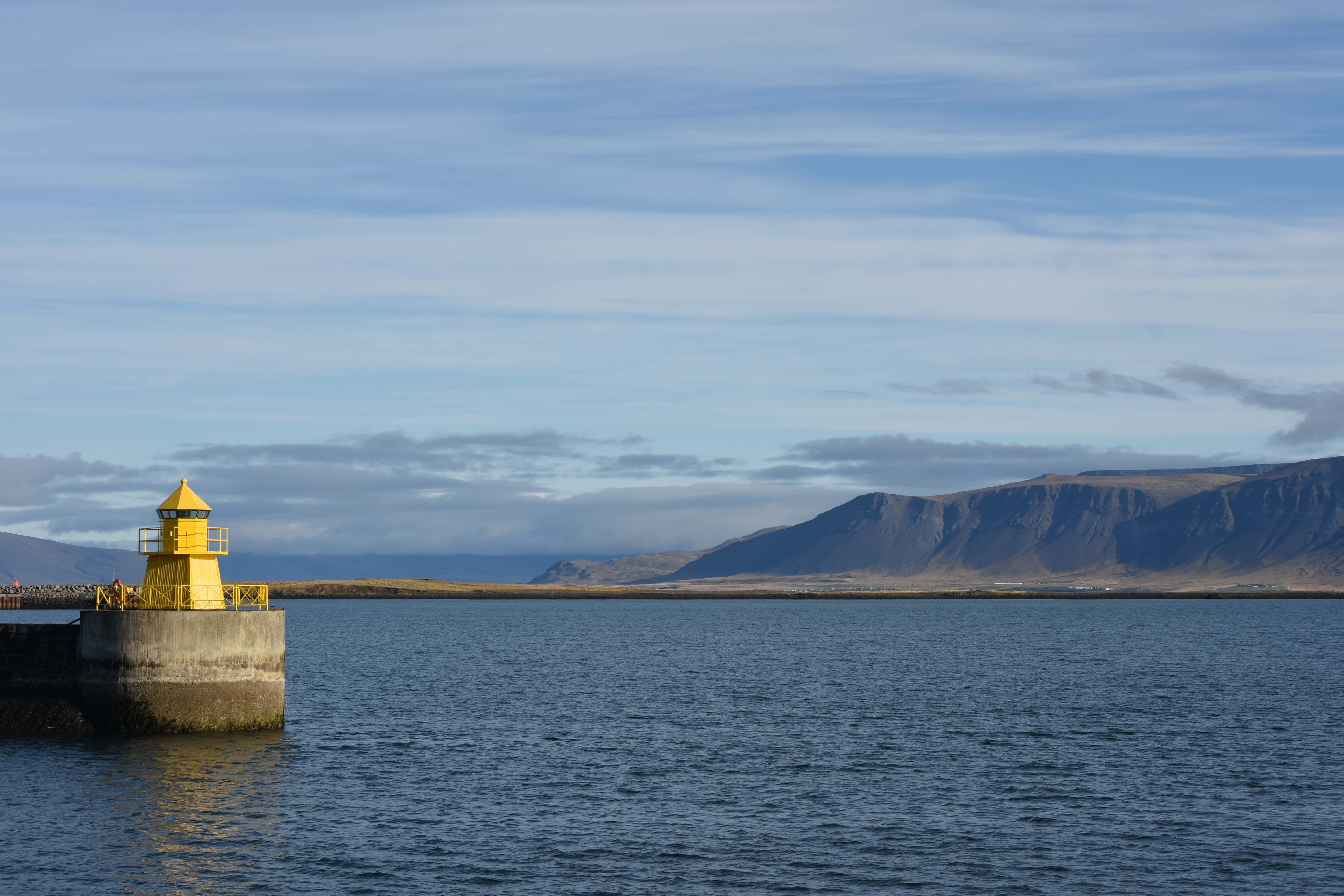
Do you have any tips for offering us on how to save money in Reykjavik?
Eat your own meals instead of eating out and buy them at the Bonus or Kronan supermarkets. Please run away from 1-11, the price difference is really abyssal.
What is the biggest tourist trap in the city?
Bottled water! Do not buy bottled water imported from Norway, it is ridiculous. Bring your empty bottle and just fill it anywhere. The tap water is great and comes out so fresh it looks like it just came out of the fridge. Besides any bar or restaurant you go to has water available and even if you have to ask, no one denies water to anyone.
Where in the city should we look for accommodation and why?
The city is really very small and flat, everything is at most 20 minutes walking distance from the main points of interest of the city, but if I have to recommend, I would say any Hostelling International hostel. There are three in the city, they look modern and cozy. Not only tourists but foreigners and Icelanders who live in the city live and participate in the events of the hostels.
What are the best places to go out at night?
My favorite places are next to each other in the city center and are:
Gaukurinn – has theme nights, the space is big, good for dancing or just for a drink;
Húrra – to have a drink and sometimes has cool concerts;
Kiki – is the city’s queer bar, with the most popular dance music of the moment.
What is your favorite place (neighborhood, building, cafe, bookstore …) or favorite activity?
I really like Café Babalú. It’s a quiet place with hipster decor (like everything and everyone in Reykjavik). It has notes and coins from around the world in the decoration, paintings and small statues from different countries (it has a Portuguese tile). It is above all cozy and has coffee refill 😉
What would you answer if someone asked you “Can’t get out of Reykjavik without …?”
Go to one of the pools! It’s a very interesting and a challenging social experience and there’s nothing more Icelandic than going to the pool and eating ice cream right after.


You can continue to follow Catia’s adventures through Iceland on her Instagram @psantoscatia. Thank you, Cátia, for your testimony!
If you liked this post and want to read about my trip to Iceland, you can visit the following posts:



